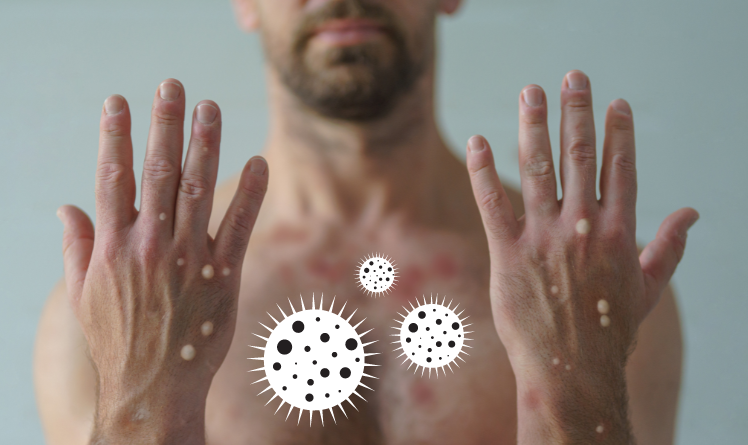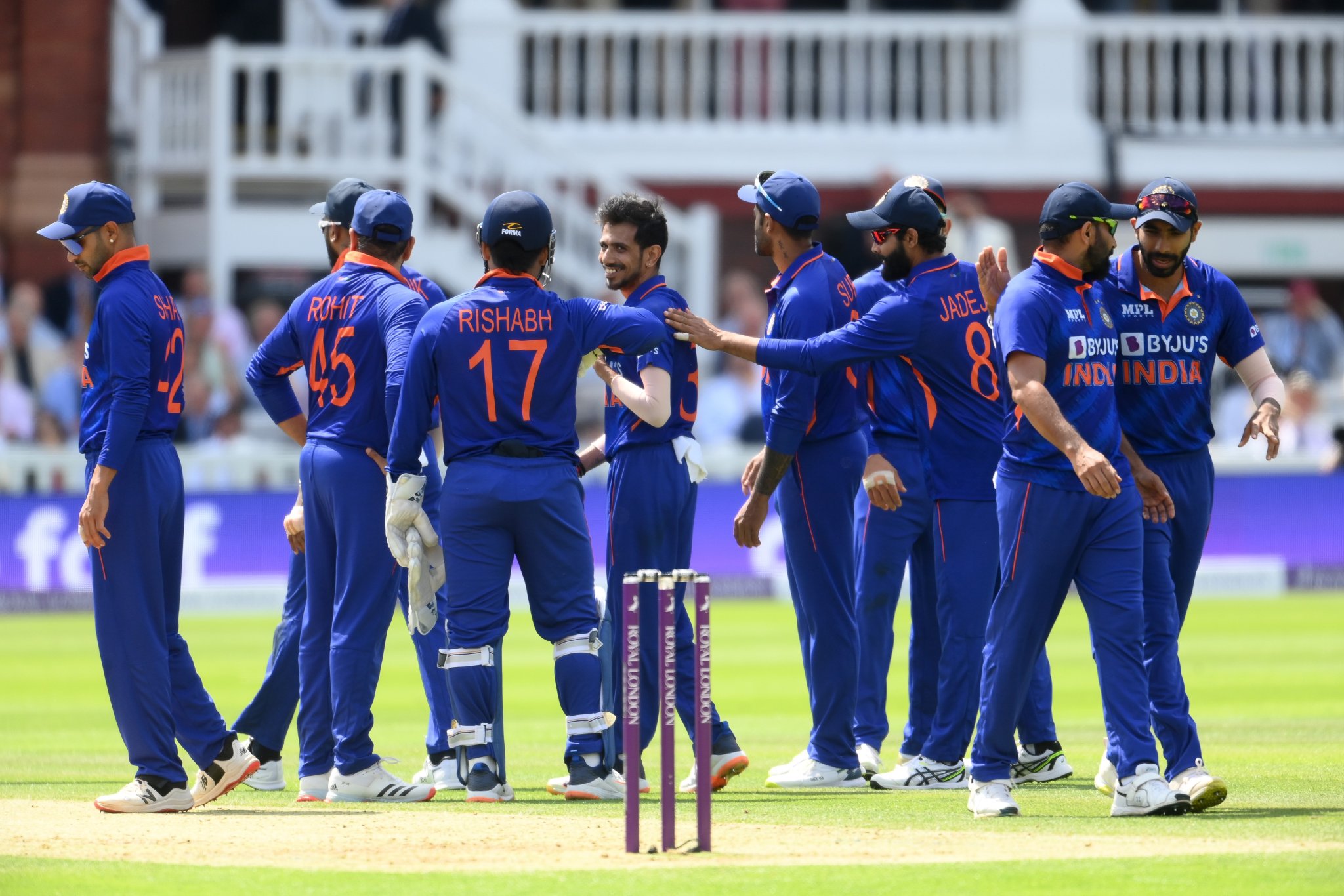New Delhi: The Union Health Ministry on Thursday asked states to increase surveillance on monkeypox, which has been reported in many countries across the world.
India’s first monkeypox case has been reported in Kerala on Thursday, confirmed state health minister Veena George.
A person who returned from abroad has been admitted to a hospital in Kerala after he showed symptoms of monkeypox.
In a letter to the states and UTs, Union Health Secretary Rajesh Bhushan reiterated that there should be a rigorous surveillance system at all points of entry to quickly identify and isolate suspected cases.
“Continued expansion of spread of monkeypox disease globally calls for proactive strengthening and operationalisation of requisite public health actions for preparedness and response against the disease in lndia also,” Bhushan wrote.
The Centre, in the letter, has said that orientation and regular re-orientation of all key stakeholders including health screening teams at points of entry, disease surveillance teams, and doctors working in hospitals about common signs and symptoms, differential diagnosis, case definitions for suspects, probable or confirmed cases should be carried out.
“Majority of these cases have been reported from the European Region (86 per cent) and the Americas (11 per cent). This points to a slow but sustained increase in the spread of cases globally. Considering this is the first time that cases and clusters are being reported concurrently in five WHO Regions, WHO has assessed the overall risk of spread of cases as “moderate” at global level,” the health ministry letter read.
Monkeypox typically begins with a fever, headache, muscle aches, back-aches and exhaustion. The US Centers for Disease Control and Prevention (CDC) notes that it also causes lymph nodes to swell which is unlike smallpox. WHO has said it was important to not confuse monkeypox with chickenpox, measles, bacterial skin infections, scabies, syphilis and medication-associated allergies.
The symptoms usually last for two to four weeks. It is usually a self-limiting disease.
After the initial fever phase, skin eruptions show up. Rashes are usually concentrated on the face, palms and soles of feet. It can also affect the cornea and the genital areas. These eruptions can last for two to four weeks; they harden, become painful, get filled up with fluid and eventually with pus. Finally, the scabs form and they fall off.



